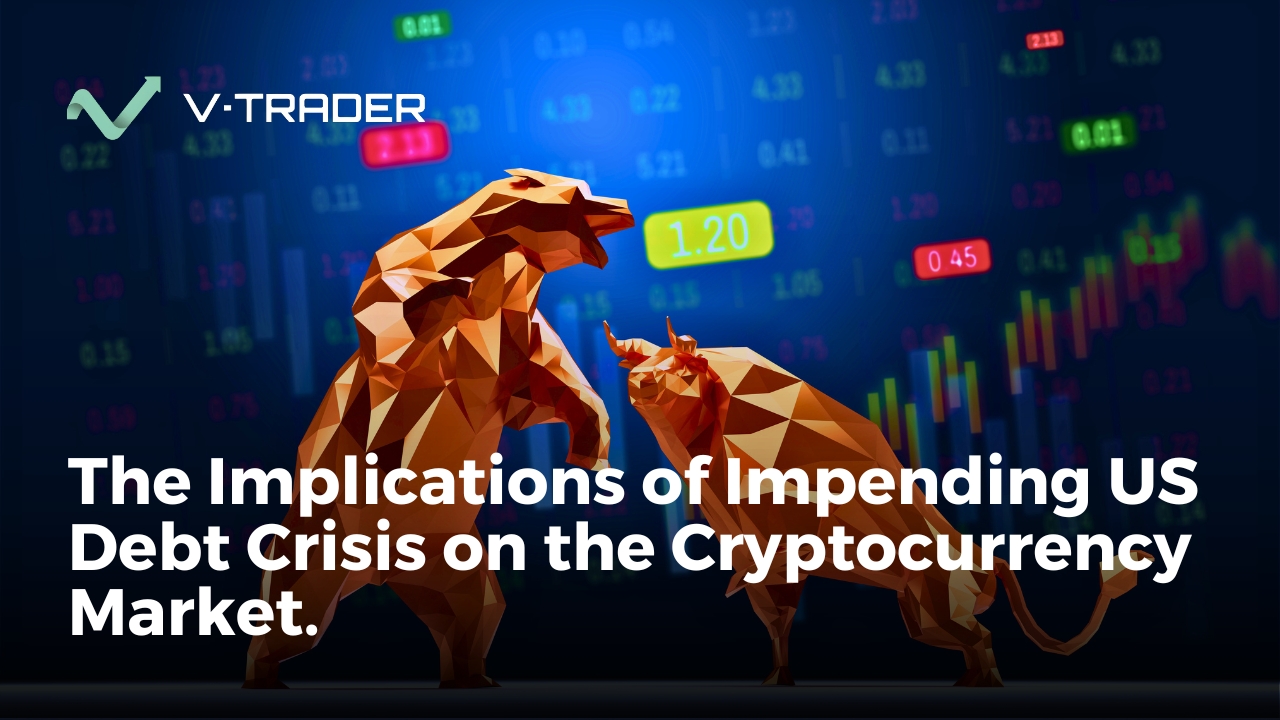Ethereum traders are cautiously optimistic as renewed interest in the $1,800 price level of Ether (ETH) emerges, despite lingering market hesitations. A forthcoming network upgrade, scheduled for May 7, is anticipated to bolster investor sentiment, although current trading patterns reveal a subdued enthusiasm for taking new positions.
Market Dynamics and Derivative Insights
Examining the broader landscape, Ether has been unable to breach the $1,900 threshold since March, prompting speculation about the altcoin’s trajectory. This stagnation follows a failed attempt to reclaim the $4,000 mark in December 2024, fueling concerns about the asset’s long-term viability. Derivatives data underscores this caution, with professional traders exhibiting restraint. Notably, the annualized premium on three-month futures remains below the neutral 5% mark, signaling tepid confidence.
In part, this reluctance stems from regulatory developments. Ether was recently categorized alongside other altcoins in the U.S. government’s “Digital Asset Stockpile” Executive Order, which prioritized Bitcoin (BTC) as the sole asset for strategic reserves. This decision has undoubtedly cast a shadow over Ethereum’s status, limiting its appeal among institutional investors.
Competitive Pressures and Market Cap Movements
Adding to Ethereum’s challenges, its market capitalization fell below the combined value of its top competitors—Solana (SOL), BNB, Cardano (ADA), and Tron (TRX)—for the first time in April 2025. Although Ether’s market cap has rebounded to $217 billion, surpassing its rivals, sustained outperformance is essential for sentiment improvement. The anticipated Pectra network upgrade is expected to play a vital role in this regard, though derivatives data remains noncommittal about a bullish turn.
The introduction of the Ethereum spot exchange-traded fund (ETF) in the United States has also fallen short of expectations, with institutional interest noticeably lacking. Despite a price spike from $2,400 to $4,000 between October and December 2024, Ethereum’s ETF failed to replicate the success of Bitcoin ETFs, which saw their assets double.
TVL Leadership and the Road Ahead
Despite these hurdles, Ethereum maintains its dominance in total value locked (TVL), yet faces stiff competition from Solana’s user experience and Tron’s stablecoin sector supremacy. Traders appear indifferent to Ethereum’s decentralization and security advantages, especially in scenarios requiring frequent transactions—areas where layer-2 solutions offer limited benefits.
Interestingly, the absence of demand for leveraged bullish positions does not indicate an expectation of further price declines. The ETH options market, reflecting balanced put and call trading levels, suggests professionals are not overly concerned about downside risks. This equilibrium hints at a cautious optimism, indicating that while traders are not bullish, they are not bracing for a significant downturn either.
The upcoming Pectra upgrade could potentially rekindle interest by closing competitive gaps. Institutional-focused staking mechanisms might lock more ETH in validator nodes, reducing the circulating supply—a scenario that historically has led to price spikes.
As Ethereum navigates these challenges, questions loom over the sustainability of any positive trends. The market’s response to the Pectra upgrade will be pivotal, determining whether renewed interest can translate into lasting momentum for Ether.
Source
This article is based on: Ethereum bulls show interest as traders’ confidence in ETH’s $1.8K level improves

Steve Gregory is a lawyer in the United States who specializes in licensing for cryptocurrency companies and products. Steve began his career as an attorney in 2015 but made the switch to working in cryptocurrency full time shortly after joining the original team at Gemini Trust Company, an early cryptocurrency exchange based in New York City. Steve then joined CEX.io and was able to launch their regulated US-based cryptocurrency. Steve then went on to become the CEO at currency.com when he ran for four years and was able to lead currency.com to being fully acquired in 2025.

